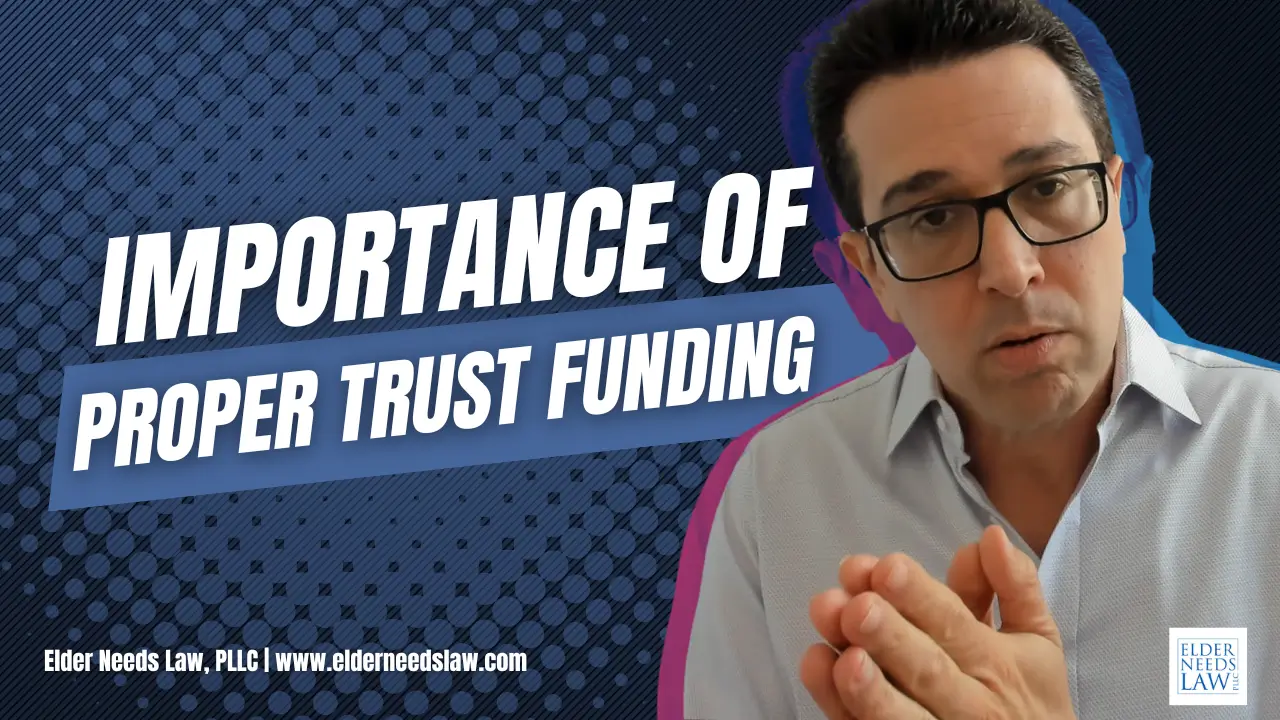Reverse Mortgage

As an elder law attorney, reverse mortgages are a topic of conversation with a number of my Medicaid-planning clients. This post will delve deeper into reverse mortgages and go through typical reverse-mortgage contract terms.
What is a Reverse Mortgage?
A reverse mortgage is also referred to as a Home Equity Conversion Mortgage or HECM. I will use the terms “reverse mortgage” and “HECM” interchangeably. A reverse mortgage is a FHA program that allows people who are to access some of their home equity that they have built up over the years. A senior citizen can benefit from a HECM in the form of a monthly check or an available line of credit to draw upon when needed.
HECM / Reverse Mortgage Eligibility Requirements
In addition to being age 62 or older. HECM applicants must:
- Live in the subject real estate as primary residence;
- Own their residence fully (or only have a small mortgage balance, in which case HECM funds will be used to pay off that mortgage, so they can be a first position creditor);
- Be up-to-date with an federal-debt related payments
Make no mistake, a HECM is a loan. The lender is a bank that wants to get paid back, with interest. The only real difference between a reverse mortgage and a typical mortgage is the repayment obligation. The borrower does not personally guarantee the debt. The borrower can repay the debt, in full, with interest at any time….or their heirs can do so after the
borrower passes away. But, otherwise, the bank will be able to foreclose on the property as their only remedy for getting paid back.
For this reason, as part of the reverse-mortgage application process, your home will need to be appraised. The HECM lender will only give you a percentage of your home’s value because they want to make sure that the house can be sold to at least cover their loan amount with accumulated interest on top.
Another HECM requirement is to go to a HUD approved HECM counseling course that provides information and alternatives to reverse mortgages.
General HECM or Reverse Mortgage Contract Terms
No assignment. The applicant/borrower is unable to assign or transfer the rights and obligations under the HECM contract to anyone.
Rents. Some HECM contracts do not allow you to rent out the subject real estate and if you do, the rents go to the lender to repay the loan.
Lien. The lending institution will have a priority lien that it can foreclose upon (only second to existing minimal mortgage holder if any and if approved by the HECM institution).
Interest Rate. Be careful, some reverse mortgages operate on an adjustable interest rate basis.
Borrower’s Right to Prepay. You can repay the HECM loan amount in full, without penalty, at anytime.
When Immediate Payment is Due in Full. The lender will require immediate payment upon (i) the death of the borrower (with no surviving spouse); (ii) if the house is sold;(iii) if the borrower does not occupy the property for over 12 months (read: moves to ALF or nursing home).
Remember that the lender can only get repaid from the sale or foreclosure of the subject property.
Reverse Mortgage Drawbacks
There are plenty of advantages to HECMs (compared to HELOCs). HECMs are not a second mortgage (so not getting a lump sum and paying back over 10 years), HECMs, at the latest, can be paid back after the borrower/beneficiary passes away. But there is one primary drawback to HECMs, and it can be summarized in two words: closing costs. HECM
closing costs are huge compared to home equity lines of credit (HELOC).
Closing costs to obtain the HECM / reverse mortgage, including paying a “loan origination fee” can be substantial – totaling approximate 5% of what the home appraises for! If a house appraises for $400,000, the loan might only be, say, 70% of that.
If the loan is $280,000, and you pay $20,000 in closing costs (i.e. 7% of the actual loan amount, 5% of the home’s appraisal value) which, comes out of the loan amount. In this hypothetical scenario, then you are only getting to enjoy 260K.
Reverse Mortgage and Medicaid Planning
HELOCs and reverse mortgages are useful Medicaid-planning tools, especially when equity in the primary residence exceeds Florida homestead exemption limits ($603,000 as of January 2021).
The ESS Medicaid Manual, Section 1840.1010 explains that payments from HELOCs or HECMs are not deemed income, but any amount that carries over the following month will be deemed a countable asset. Your elder law attorney will then have to shelter these (and likely other) assets through one of many Medicaid-planning strategies to get you Medicaid-qualified.
Reverse Mortgage Resources
https://www.benefits.gov/benefits/benefit-details/709
For reviews of reverse mortgage companies (based on transparency, reputation, loan options, and availability) visit:
.png)






